Europe, British Isles, North-West England, Cumberland, Lamplugh
Lamplugh, Cumberland is in Cumberland.
Around May 1899 Joseph Edwin Sewell was born to William Sewell at Lamplugh, Cumberland
Europe, British Isles, North-West England, Cumberland, Lamplugh, Bird Dyke
31 Mar 1901. Census. Bird Dyke, Lamplugh.
William Sewell. Iron Ore Miner.
Joseph Edwin Sewell (age 1).
After 12 Jun 1918. St Michael's Church, Lamplugh [Map]. Joseph Sewell was born in 1899 at Lamplugh, Cumberland. The second son of iron ore miner William Sewell and his wife Maria (nee Hope) of Bird Dyke, Lamplugh. He enlisted at Workington in 1917. Letters home show that he was stationed at Edinburgh Castle in August 1917. He died of wounds in Southampton hospital on 12 June 1918 and was buried in his home village of Lamplugh. He had served with the Royal Fusiliers.
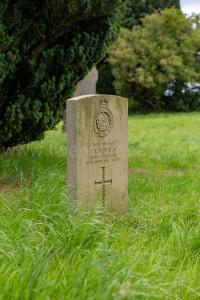
Europe, British Isles, North-West England, Cumberland, Lamplugh Hall
1595. The Gateway at Lamplugh Hall, Cumberland is in stone and consists of a moulded archway with a pointed head, a rectangular hood mould, and a stepped parapet. On the front is a panel containing an armorial, the date 1595 and the name John Lamplugh, and in the apex is a datestone. At the rear is a sundial inscribed Sic Transit Gloria Mundi (sic) with brass gnomon set in carved sun's disc with Roman numerals to sides.
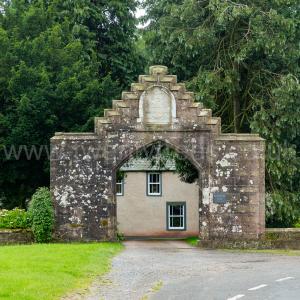
Europe, British Isles, North-West England, Cumberland, Lamplugh Stone Circle [Map]
Lamplugh Stone Circle is also in North England Stone Circles.
Lamplugh Stone Circle [Map] was
Parish of Lamplugh. On an eminence in the Stockhow Hall estate, in this parish, are the remains of a druidical circle [Map] called Standing Stones. Only the northern segment is now to be seen; the remainder having been blasted and removed a few years ago to make fences with. The part remaming consists of six large stones, of the kind provincially called the smooth blue cobble, placed at irregular distances, varying from eighteen paces to one; and the circle, when perfect, may have been one hundred paces in diameter. The stones are mostly of an oblong figure, placed endwise in the circumference of the circle; four of the largest are nearly four feet in height above ground, and are supported in an upright position by other large stones around their bases underground. The neighbouring rock is of limestone. We can ascertain no tradition relating to the stones beyond the name, which is common to similar erections in other parts of the kingdom.
Europe, British Isles, North-West England, Cumberland, Lamplugh, St Michael's Church [Map]
On 19 Jan 1687 Frances Lamplugh died. She was buried at St Michael's Church, Lamplugh [Map].
After 21 Jul 1731. Memorial at St Michael's Church, Lamplugh [Map] to Margaret Lamplugh (deceased).
Margaret Lamplugh: On 07 Oct 1693 she was born to Thomas Lamplugh and Frances Moline. Around 14 Jul 1731 Richard Brisco and she were married. She was dead a week later. The churchwarden at Lamplugh church explained this a possibly being a means for Richard to gain the estate of her father with whose wife, Margaret's mother, he Richard was conducting an affair. Alternatively it may have been a means by which Lamlugh Hall would retained by Richard Brisco. On 21 Jul 1731 Margaret Lamplugh died.
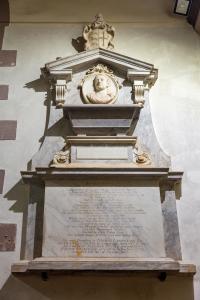
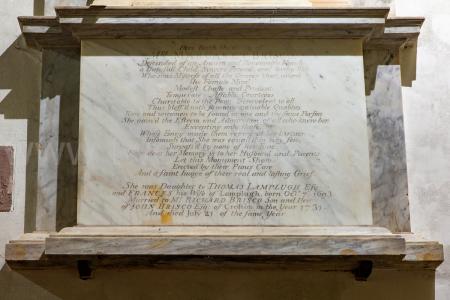
After 1750. Memorial at St Michael's Church, Lamplugh [Map] to Thomas Lamplugh, his wife Frances Moline and their son-in-law Richard Brisco (age 51).
Frances Moline: In 1665 she was born to Abraham Moline of Cumberland and Frances Bullock. Before 07 Oct 1693 Thomas Lamplugh and she were married. On 05 Jan 1746 she died.
Richard Brisco: On or before 28 Feb 1698 he was born to John Brisco of Crofton. On 26 Jan 1750 he died.
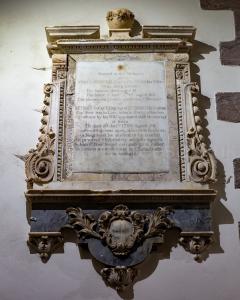
After 1800 Stained glass windows at St Michael's Church, Lamplugh [Map].
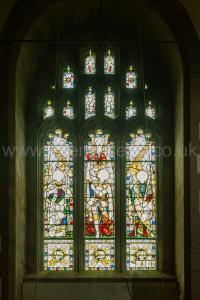
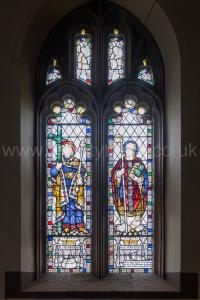
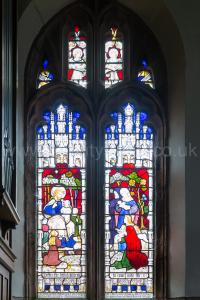
In 1870 St Michael's Church, Lamplugh [Map] was constructed from local sandstone by William Butterfield. A chapel or church is believed to have been on the site since 1150 with two previous reconstructions recorded in 1658 and 1771. The vestry was previously part of the Lamplugh family mortuary chapel.
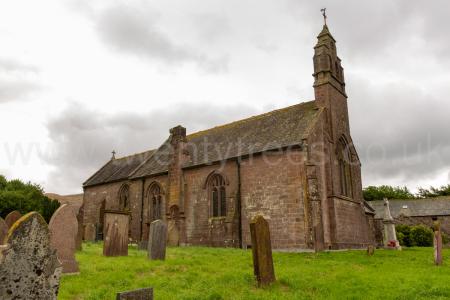
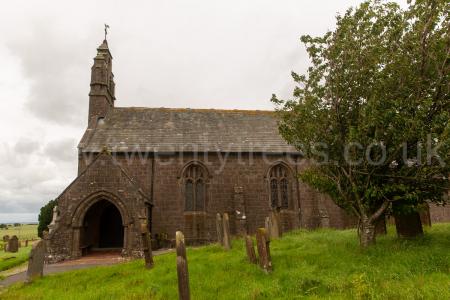
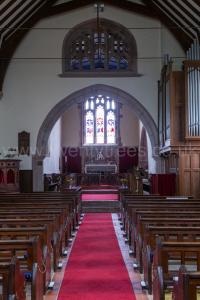
On 12 Jun 1918 Joseph Edwin Sewell (age 19) died from wounds at Southampton, Hampshire [Map]. He was buried at St Michael's Church, Lamplugh [Map].
After 12 Jun 1918. St Michael's Church, Lamplugh [Map]. Joseph Sewell was born in 1899 at Lamplugh, Cumberland. The second son of iron ore miner William Sewell and his wife Maria (nee Hope) of Bird Dyke, Lamplugh. He enlisted at Workington in 1917. Letters home show that he was stationed at Edinburgh Castle in August 1917. He died of wounds in Southampton hospital on 12 June 1918 and was buried in his home village of Lamplugh. He had served with the Royal Fusiliers.

Jun 1921. St Michael's Church, Lamplugh [Map]. The war memorial, immediately to the west of the church, unveiled and consecrated in June 1921, is inscribed with 30 names from World War I and four names from World War II. When the names of the fallen of World War II were added it as moved from its original site under the West window to face the Church.
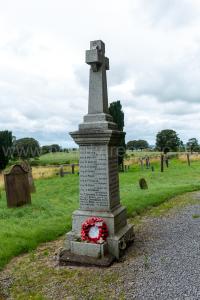
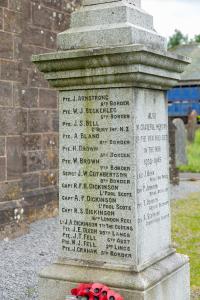
On 04 Nov 1943 James Benn (age 23) committed suicide. On 05 Nov 1943 the Lancashire Evening Pos reported he took his service rifle from the rack in a hut in East Anglia, went outside and shot himself. His is buried at St Michael's Church, Lamplugh [Map].